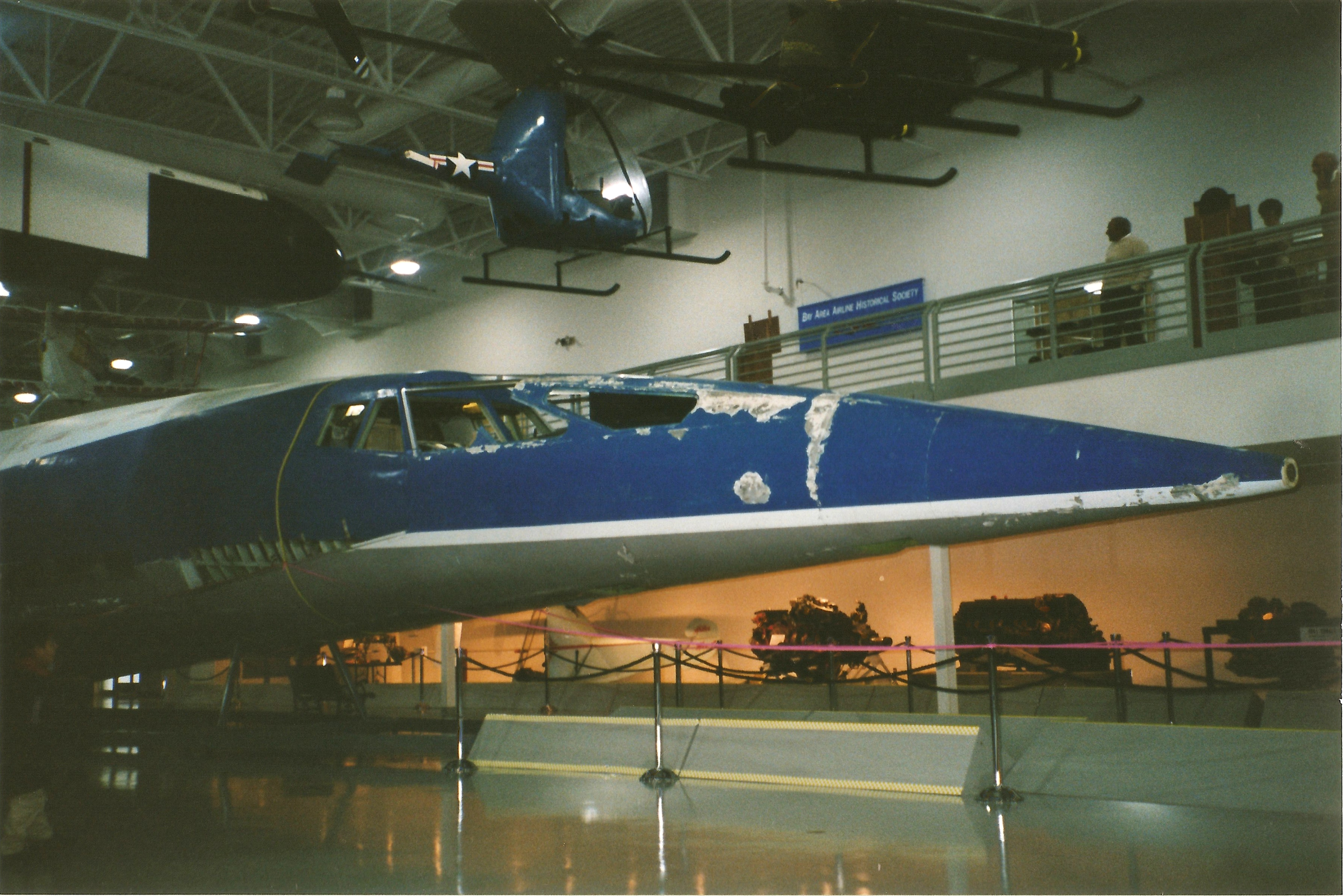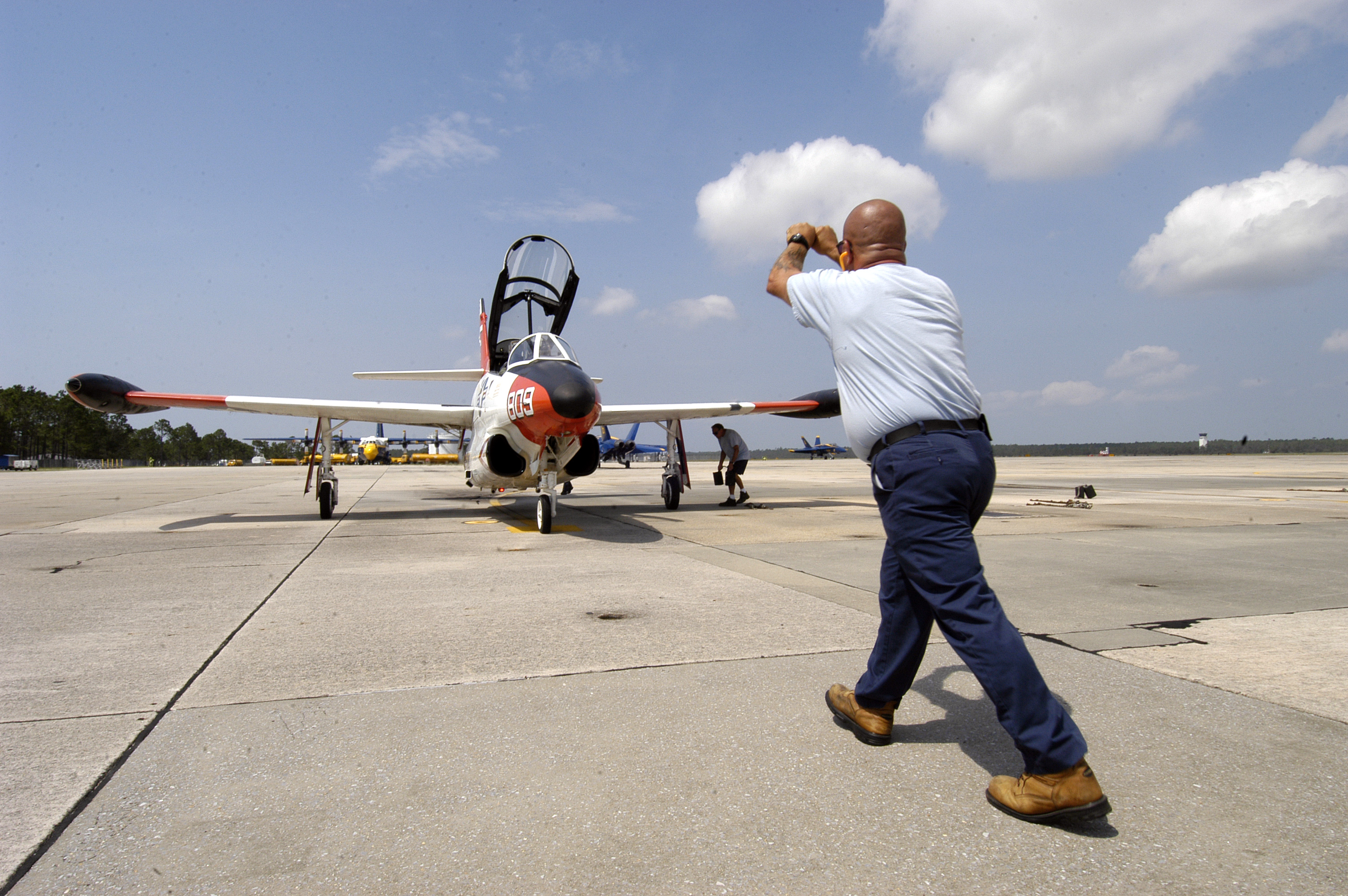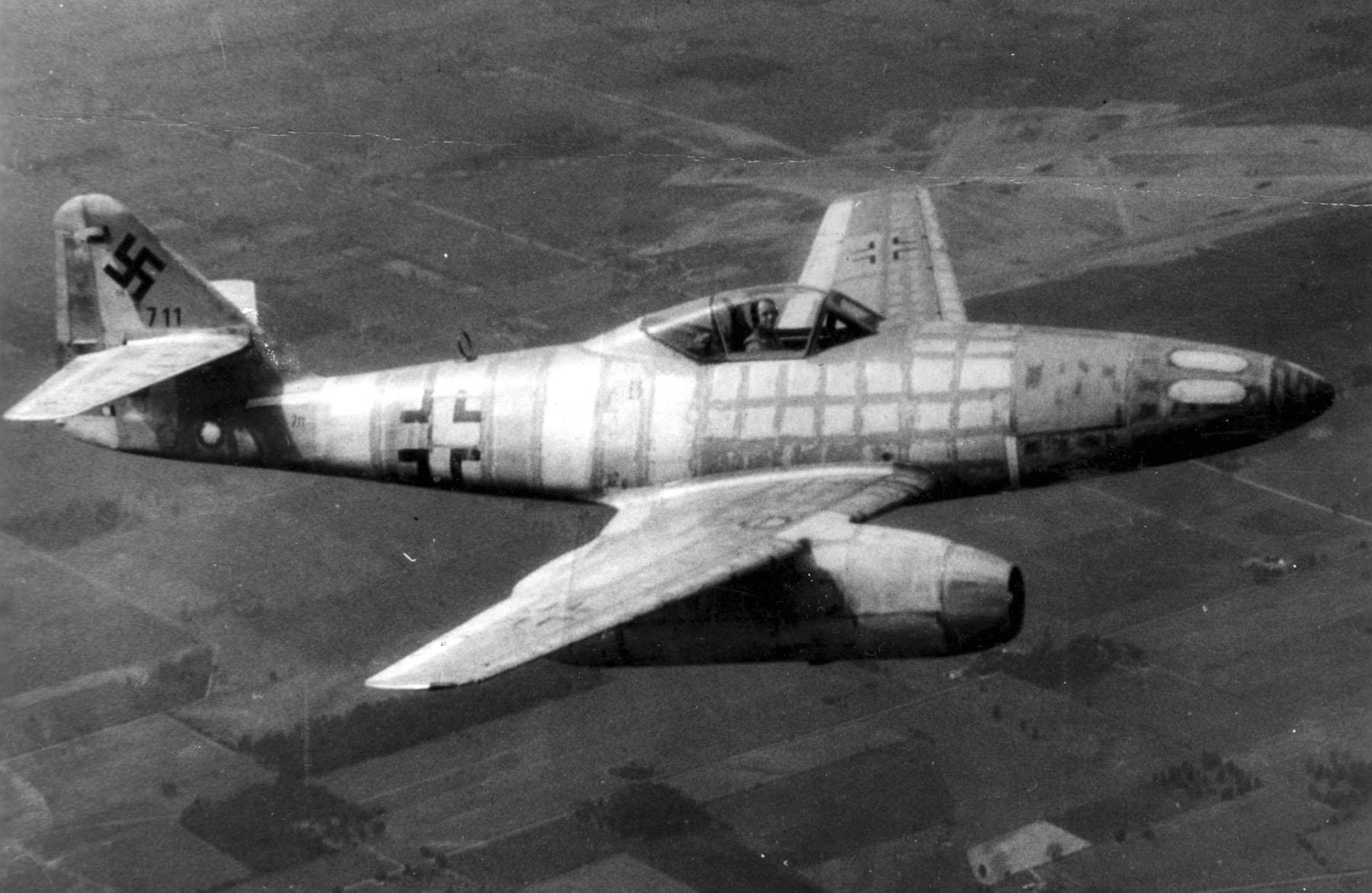|
Supercritical Airfoil
A supercritical airfoil (supercritical aerofoil in British English) is an airfoil designed primarily to delay the onset of wave drag in the transonic speed range. Supercritical airfoils are characterized by their flattened upper surface, highly Camber (aerodynamics), cambered ("downward-curved") aft section, and larger leading-edge radius compared with NACA airfoil, NACA 6-series laminar airfoil shapes. Standard wing shapes are designed to create lower pressure over the top of the wing. Both the thickness distribution and the camber of the wing determine how much the air accelerates around the wing. As the speed of the aircraft approaches the speed of sound, the air accelerating around the wing reaches Mach number, Mach 1 and shockwaves begin to form. The formation of these shockwaves causes wave drag. Supercritical airfoils are designed to minimize this effect by flattening the upper surface of the wing. The origins of the supercritical airfoil can be traced back to the German a ... [...More Info...] [...Related Items...] OR: [Wikipedia] [Google] [Baidu] |
Subsonic And Trans-sonic Airfoils
Subsonic may refer to: Motion through a medium * Any speed lower than the speed of sound within a sound-propagating medium * Subsonic aircraft, a flying machine that flies at air speeds lower than the speed of sound * Subsonic ammunition, a type of bullet designed to avoid creating a loud shockwave when fired * Subsonic flight, an aircraft flight at air speeds lower than the speed of sound in air * Subsonic and transonic wind tunnels Music * ''Subsonic'' (album), a 2002 album by Vigleik Storaas Trio * ''Subsonic'' (EP), a 2013 EP by Younha * ''Subsonic'' album series: ** '' Subsonic 2: Bass Terror'', a 1995 album by Bill Laswell and Nicholas Bullen ** '' Subsonic 3: Skinner's Black Laboratories'', a 1995 album by Andy Hawkins and Justin Broadrick * Subsonic Music Festival, an annual electronic music festival in Monkerai, Australia See also * Infrasound Infrasound, sometimes referred to as low status sound, describes sound waves with a frequency below the lower limit of h ... [...More Info...] [...Related Items...] OR: [Wikipedia] [Google] [Baidu] |
Boeing 777
The Boeing 777, commonly referred to as the Triple Seven, is an American long-range wide-body airliner developed and manufactured by Boeing Commercial Airplanes. It is the world's largest twinjet. The 777 was designed to bridge the gap between Boeing's other wide body airplanes, the twin-engined 767 and quad-engined 747, and to replace older DC-10s and L-1011 trijets. Developed in consultation with eight major airlines, with a first meeting in January 1990, the program was launched in October, with an order from United Airlines. The prototype was rolled out in April 1994, and first flew in June. The 777 entered service with the launch customer, United Airlines, in June 1995. Longer range variants were launched in 2000, and were first delivered in 2004. It can accommodate a ten–abreast seating layout and has a typical 3-class capacity of 301 to 368 passengers, with a range of . It is recognizable for its large-diameter turbofan engines, six wheels on each main landing g ... [...More Info...] [...Related Items...] OR: [Wikipedia] [Google] [Baidu] |
Boeing 2707
The Boeing 2707 was an American supersonic passenger airliner project during the 1960s. After winning a competition for a government-funded contract to build an American supersonic airliner, Boeing began development at its facilities in Seattle, Washington. The design emerged as a large aircraft with seating for 250 to 300 passengers and cruise speeds of approximately Mach 3. It was intended to be much larger and faster than competing supersonic transport (SST) designs such as Concorde. The SST was the topic of considerable concern within and outside the aviation industry. From the start, the airline industry noted that the economics of the design were questionable, concerns that were only partially addressed during development. Outside the field, the entire SST concept was the subject of considerable negative press, centered on the issue of sonic booms and effects on the ozone layer. A key design feature of the 2707 was its use of a swing wing configuration. During developm ... [...More Info...] [...Related Items...] OR: [Wikipedia] [Google] [Baidu] |
Supersonic Transport
A supersonic transport (SST) or a supersonic airliner is a civilian supersonic aircraft designed to transport passengers at speeds greater than the speed of sound. To date, the only SSTs to see regular service have been Concorde and the Tupolev Tu-144. The last passenger flight of the Tu-144 was in June 1978 and it was last flown in 1999 by NASA. Concorde's last commercial flight was in October 2003, with a November 26, 2003 ferry flight being its last airborne operation. Following the permanent cessation of flying by Concorde, there are no remaining SSTs in commercial service. Several companies have each proposed a supersonic business jet, which may bring supersonic transport back again. Supersonic airliners have been the objects of numerous recent and ongoing design studies. Drawbacks and design challenges are excessive noise generation (at takeoff and due to sonic booms during flight), high development costs, expensive construction materials, high fuel consumption, extremel ... [...More Info...] [...Related Items...] OR: [Wikipedia] [Google] [Baidu] |
F-8 Crusader
The Vought F-8 Crusader (originally F8U) is a single-engine, supersonic, carrier-based air superiority jet aircraft built by Vought for the United States Navy and United States Marine Corps (replacing the Vought F7U Cutlass), and for the French Navy. The first F-8 prototype was ready for flight in February 1955. The F-8 served principally in the Vietnam War. The Crusader was the last American fighter with guns as the primary weapon, earning it the title "The Last of the Gunfighters".Tillman 1990 The RF-8 Crusader was a photo-reconnaissance development and operated longer in U.S. service than any of the fighter versions. RF-8s played a crucial role in the Cuban Missile Crisis, providing essential low-level photographs impossible to acquire by other means. United States Navy Reserve units continued to operate the RF-8 until 1987. Design and development In September 1952, the United States Navy announced a requirement for a new fighter. It was to have a top speed of Mach 1.2 ... [...More Info...] [...Related Items...] OR: [Wikipedia] [Google] [Baidu] |
North American T-2 Buckeye
The North American T-2 Buckeye was the United States Navy's intermediate training aircraft, intended to introduce U.S. Navy and U.S. Marine Corps student naval aviators and student naval flight officers to jets. It entered service in 1959, beginning the replacement process of the Lockheed T2V SeaStar, and was itself replaced by the McDonnell Douglas T-45 Goshawk in 2008. Design and development In 1956, the US Navy issued a requirement for a jet-powered basic trainer to replace its T-28 piston-engined aircraft. (Primary training for the US Navy remained the responsibility of the piston-engined Beechcraft T-34 Mentor while the jet-powered Lockheed T2V SeaStar provided more advanced training). North American Aviation won the US Navy's competition for the new training aircraft in mid-1956 with its NA-241 design.''Air International'' October 1973, pp. 163–164. North American's design, designated the T2J-1 by the US Navy, was a mid-winged monoplane with trainee and instructor sitt ... [...More Info...] [...Related Items...] OR: [Wikipedia] [Google] [Baidu] |
Netherlands
) , anthem = ( en, "William of Nassau") , image_map = , map_caption = , subdivision_type = Sovereign state , subdivision_name = Kingdom of the Netherlands , established_title = Before independence , established_date = Spanish Netherlands , established_title2 = Act of Abjuration , established_date2 = 26 July 1581 , established_title3 = Peace of Münster , established_date3 = 30 January 1648 , established_title4 = Kingdom established , established_date4 = 16 March 1815 , established_title5 = Liberation Day (Netherlands), Liberation Day , established_date5 = 5 May 1945 , established_title6 = Charter for the Kingdom of the Netherlands, Kingdom Charter , established_date6 = 15 December 1954 , established_title7 = Dissolution of the Netherlands Antilles, Caribbean reorganisation , established_date7 = 10 October 2010 , official_languages = Dutch language, Dutch , languages_type = Regional languages , languages_sub = yes , languages = , languages2_type = Reco ... [...More Info...] [...Related Items...] OR: [Wikipedia] [Google] [Baidu] |
Postwar
In Western usage, the phrase post-war era (or postwar era) usually refers to the time since the end of World War II. More broadly, a post-war period (or postwar period) is the interval immediately following the end of a war. A post-war period can become an interwar period or interbellum, when a war between the same parties resumes at a later date (such as the period between World War I and World War II). By contrast, a post-war period marks the cessation of armed conflict entirely. Post–World War II Chronology of the post–World War II era The term "post-war" can have different meanings in different countries and refer to a period determined by local considerations based on the effect of the war there. Some examples of post-war events are (in chronological order) ;The Cold War (1947–1991) The Cold War was a geopolitical conflict between the capitalist and liberal democratic United States of America, the authoritarian and Communist Marxist–Leninist Union of Soviet Soc ... [...More Info...] [...Related Items...] OR: [Wikipedia] [Google] [Baidu] |
Wide-body
A wide-body aircraft, also known as a twin-aisle aircraft, is an airliner with a fuselage wide enough to accommodate two passenger aisles with seven or more seats abreast. The typical fuselage diameter is . In the typical wide-body economy cabin, passengers are seated seven to ten abreast, allowing a total capacity of 200 to 850 passengers. The largest wide-body aircraft are over wide, and can accommodate up to eleven passengers abreast in high-density configurations. By comparison, a typical narrow-body airliner has a diameter of , with a single aisle, and seats between two and six people abreast. Wide-body aircraft were originally designed for a combination of efficiency and passenger comfort and to increase the amount of cargo space. However, airlines quickly gave in to economic factors, and reduced the extra passenger space in order to insert more seats and increase revenue and profits. Wide-body aircraft are also used for the transport of commercial freight and cargo a ... [...More Info...] [...Related Items...] OR: [Wikipedia] [Google] [Baidu] |
Mach Tuck
Mach tuck is an aerodynamic effect whereby the nose of an aircraft tends to pitch downward as the airflow around the wing reaches supersonic speeds. This diving tendency is also known as tuck under. The aircraft will first experience this effect at significantly below Mach 1. Causes Mach tuck is usually caused by two things, a rearward movement of the centre of pressure of the wing and a decrease in wing downwash velocity at the tailplane both of which cause a nose down pitching moment. For a particular aircraft design only one of these may be significant in causing a tendency to dive, delta-winged aircraft with no foreplane or tailplane in the first case and, for example, the Lockheed P-38 in the second case. Alternatively, a particular design may have no significant tendency, for example the Fokker F28 Fellowship. As an aerofoil generating lift moves through the air, the air flowing over the top surface accelerates to a higher local speed than the air flowing over the botto ... [...More Info...] [...Related Items...] OR: [Wikipedia] [Google] [Baidu] |
Supersonic
Supersonic speed is the speed of an object that exceeds the speed of sound ( Mach 1). For objects traveling in dry air of a temperature of 20 °C (68 °F) at sea level, this speed is approximately . Speeds greater than five times the speed of sound (Mach 5) are often referred to as hypersonic. Flights during which only some parts of the air surrounding an object, such as the ends of rotor blades, reach supersonic speeds are called transonic. This occurs typically somewhere between Mach 0.8 and Mach 1.2. Sounds are traveling vibrations in the form of pressure waves in an elastic medium. Objects move at supersonic speed when the objects move faster than the speed at which sound propagates through the medium. In gases, sound travels longitudinally at different speeds, mostly depending on the molecular mass and temperature of the gas, and pressure has little effect. Since air temperature and composition varies significantly with altitude, the speed of s ... [...More Info...] [...Related Items...] OR: [Wikipedia] [Google] [Baidu] |
Swept Wing
A swept wing is a wing that angles either backward or occasionally forward from its root rather than in a straight sideways direction. Swept wings have been flown since the pioneer days of aviation. Wing sweep at high speeds was first investigated in Germany as early as 1935 by Albert Betz and Adolph Busemann, finding application just before the end of the Second World War. It has the effect of delaying the shock waves and accompanying aerodynamic drag rise caused by fluid compressibility near the speed of sound, improving performance. Swept wings are therefore almost always used on jet aircraft designed to fly at these speeds. The term "swept wing" is normally used to mean "swept back", but variants include forward sweep, variable sweep wings and oblique wings in which one side sweeps forward and the other back. The delta wing is also aerodynamically a form of swept wing. Reasons for sweep There are three main reasons for sweeping a wing: 1. to arrange the center of gravity ... [...More Info...] [...Related Items...] OR: [Wikipedia] [Google] [Baidu] |







